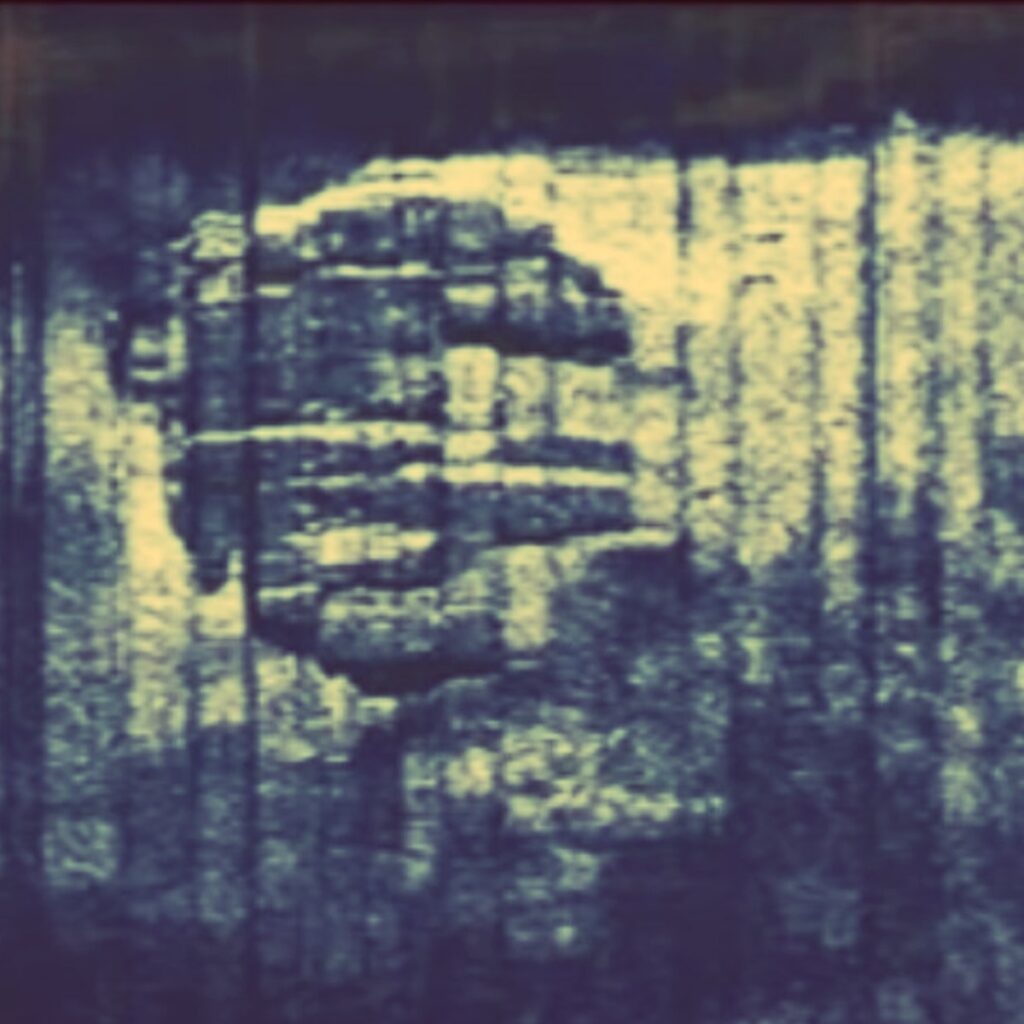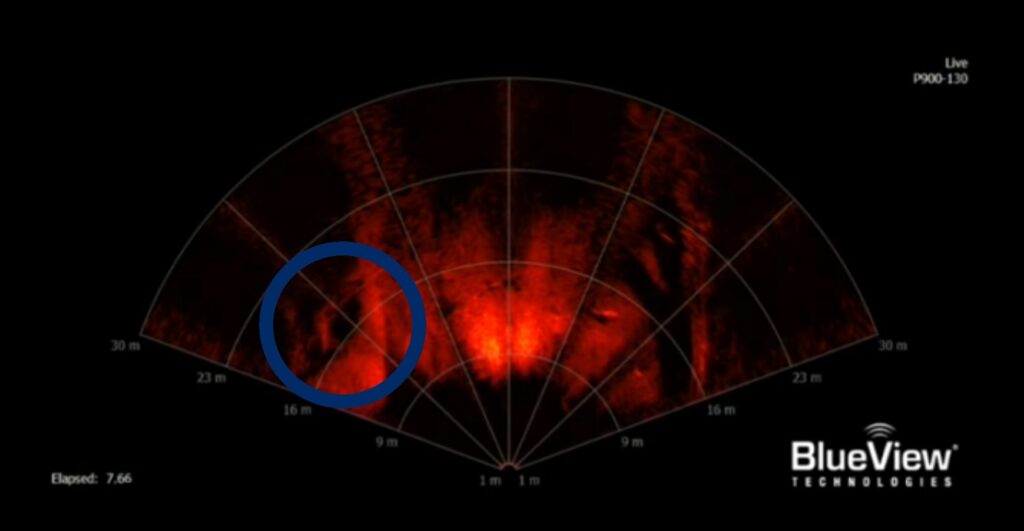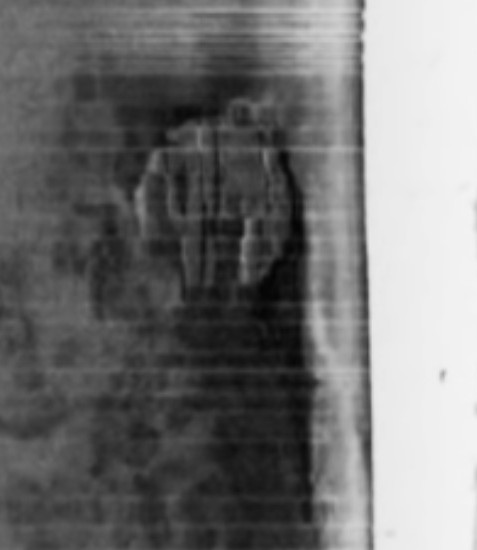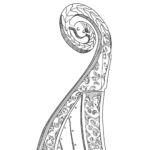Is it a meteorite, a volcano, some sort of fundament, a sunken lighthouse, a submarine trap from WWII, or perhaps even a UFO?
What was it that was found at the bottom of the Baltic Sea?
We begin Spooktober strong with a topic that might be a bit controversial, but indeed very exciting. However controversial it might be, it is still about an object found, and speculation on what it is has run wild. We are talking about the unidentified round object found at the bottom of the Baltic Sea in 2011 by the Swedish treasure hunters, Ocean X Team.
It was when the team was returning after a nine-day long expedition looking for shipwrecks that the treasure hunters stumbled upon a round object at 85 meters’ depth. They were on their way home and they had all sorts of problems, including a leaky ship of their own, but they knew a sunken ship was somewhere in the area on their way home, so they decided to scan the ocean floor with the help of sound navigation and ranging (sonar). After a few hours, the entire team was baffled when not a ship, but a round object 60 meters in diameter showed up on their scanners. They had no idea what it was, and decided to keep quiet until they knew more. Once ashore, they contacted geologists and marine biologists to see if they could enlighten them, but when these were just as short of answers as they were, Ocean X Team decided to go public with their discovery.

It did not take long until the find was a worldwide sensation in the news, and the team’s inbox was filled to the brim with over 80,000 emails. The Daily Mail made a large point out of the object’s similarity to the Millennium Falcon from Star Wars and even called it a UFO that would have crashed in the sea.
But we can see their point. Not only does the object have a curiously round shape, almost like a mushroom rising approximately 3 to 4 meters above the ocean floor, but there is something that looks like traction marks extending some 1500 meters behind the object, making it appear as though it has crashed. The tracks run as deep as 7 meters on the right side, and it also looks like the object itself is placed into a small plateau.
About 200 meters from the round object, another, smaller object was found as well, featuring similar “tracks” of its own.
Ocean X Team received several theories on what the object might be; everything from some sort of foundation, to a submarine trap, to, of course, a UFO. There are some speculations that the object could be some sort of human construction, which would require it either to have been built before the last Ice Age (the last time the Baltic Sea was drained) or in the modern era (though the treasure hunters’ opinion, if it is not natural, it is very old). The most common theories include:
- A natural stone formation as a result of liquid or gas secretion.
- A German-constructed submarine trap from the Second World War.
- A blown-off weapon tower from a battleship.
- A cement cover for dumped c-weapons and radioactive debris that was dumped in the Baltic Ocean by the Soviet Union during the 20th century, as the item has been described to look like concrete with hard bulges.
- Volcanic activity. This theory has been dismissed as the area has not had any volcanic activity for several millions of years.
- A crashed UFO. This “theory” is mainly popular in the USA and Asia.
In 2012, the team finally got the chance to do a series of dives to study the object closely. However, the conditions were far from ideal. It was only possible to see 0.5-1.5 meters ahead at any time, and with a surface of over 3000 square meters, the task might have seemed impossible—if it weren’t for the trusty sonar robot. This robot was put to work and helped enormously with the scanning of the object’s surface. Without it, only a fraction of what they found out would have been known. The team also collected samples of stones and minerals from the top of the object with the help of a sledgehammer.
What they would determine after the dive was that the object was not modern, ruling out a number of theories about its origins. The reason for the dating was a collection of stones found on top of the object. All the stones collected are naturally occurrent in the Baltic Sea region except a basalt stone, a stone of volcanic origin which had most likely come from the Atlantic Ocean. This suggested that the stones had been brought to the Baltic region by glacial movement during the last Ice Age. This determined the object had to predate this period—in other words, a minimum of 140,000 years ago.
Despite poor visibility, the team could give a more detailed account of the object than at a distance. One of the divers said the material of the object was not stone. However, based on their photos, a professor in geology has said that the object largely appears to be made of sandstone, though some parts appear to have once been liquid before hardening. In regards to what type of material the object is made out of, the team themselves have not made any comments. The team found two holes in the object: one perfectly round, with a 25-30 cm diameter, and a bigger hole 2 meters in diameter with what the team describes as “a frame-like construction” around it. However, they did not reveal much more about it. They were also able to receive a radio signal down in the depth from unknown source which they said they would investigate, but to this day no updates have been made. They also found a smooth bulge, and also a ring formation of loose rocks. They also found something resembling soot on the object.

Since the team does not have any funding to carry on this project, it has been put on ice since the dives in 2012, and so—somewhat anticlimactically—we cannot yet confirm what the object is, or whether it is natural or manmade. Unfortunately, Ocean X Team has not revealed the location of the object, which has made it impossible for others to investigate. The team have received criticism for being very vague about their findings and research results, and have even been accused of covering the story in a veil of mystery as a strategy to promote their company.
But, on the other hand, it is a pretty fascinating story and find.
If you are interested in more, you can watch the documentary that was made in connection to the dives here:
Cover photo: Sonar picture of the circular object. TV 4.
Text: Lovisa Sénby Posse. Copyright 2021 Scandinavian Archaeology.
About the author
Iron age Scandinavian archaeologist with a bachelor in Liberal arts with major in Archaeology and a bachelor in Art history with major in Nordic art, both from Uppsala University, Sweden. Exchange studies at Trinity College, Dublin, Ireland, and University of Pretoria, Pretoria, South Africa.
Master of Arts (two years) in Archaeology with specialization in burials, ship burials, and artefact management and interpretation, also from Uppsala university, Sweden.
In my master thesis I created an analyzing method to handle large quantities of artefacts, a method descended in Art History. I also created a method with elements of theory to perform a spatial analysis on graves. This also derived from Art History. The methods were applied to ship burials at Valsgärde, Upland, Sweden.
As Editor-in-chief, I am responsible for the publication and over all work with Scandinavian Archaeology, a job I deeply enjoy. I also founded the magazine in late September 2020.



